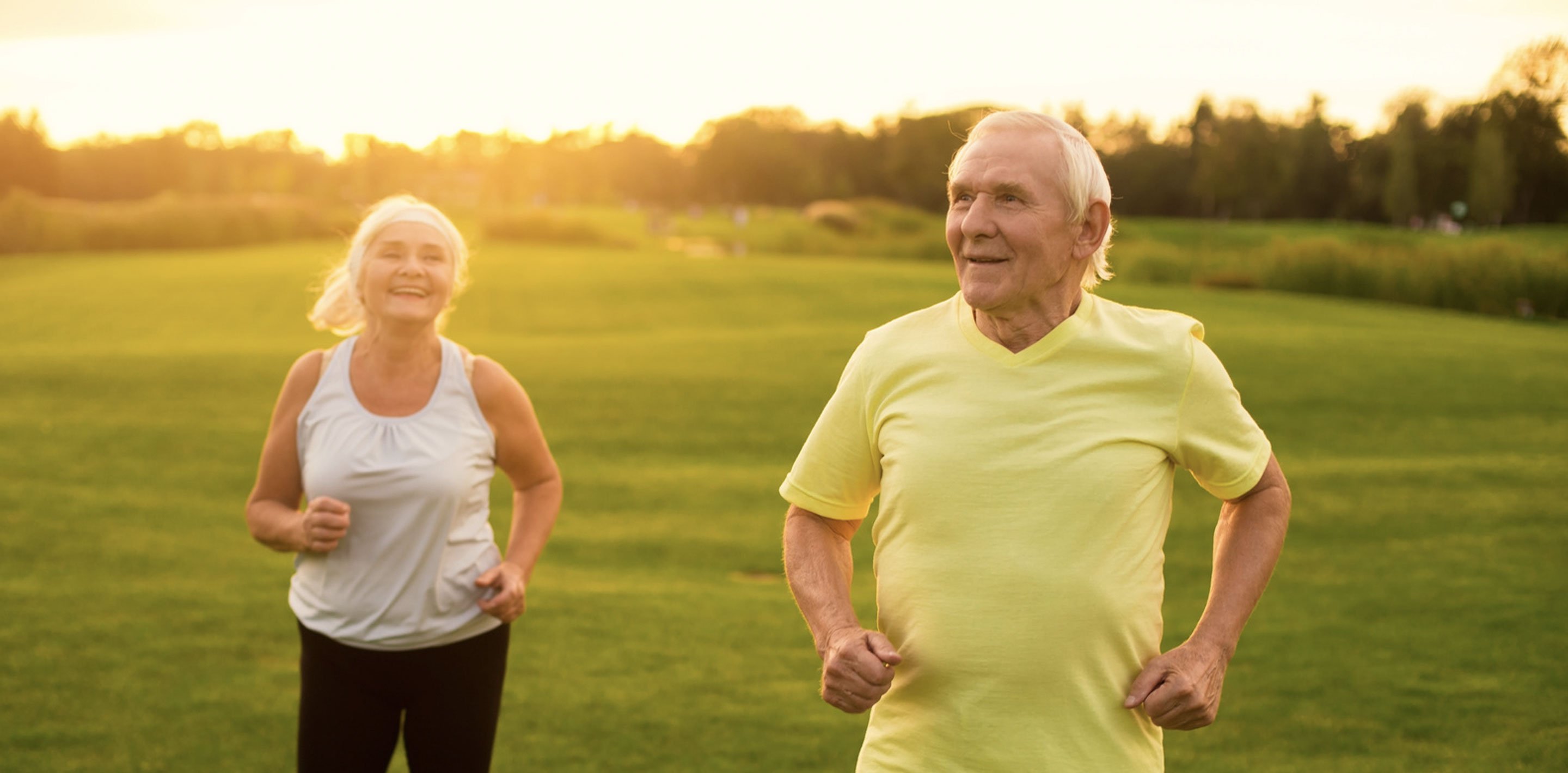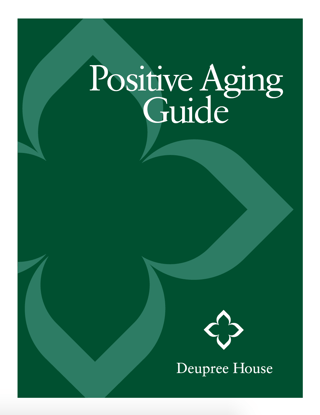Chronic arthritis can be a painfully real occurrence of everyday senior living.
According to the Center for Disease Control (CDC), an estimated 58.5 million U.S. adults over the age of 18 suffer from arthritis. Over 25 million of those individuals experience pain or other symptoms that impacts their ability to perform daily tasks.
We know that it can often be difficult to deal with the chronic pain of arthritis, so we’ve developed a few simple strategies to help you manage your pain and keep living well.
Get Active
While the thought of physical activity may be daunting, regular exercise has been proven to have numerous benefits for individuals who suffer from arthritis.
- Motion is lotion—strengthen weakened joints and improve flexibility by exercising the affected areas.
- Get your heart pumping with gentle exercises to warm up those joints, boost the oxygen your tissues receive, and facilitate recovery or repair.
- Managing weight through exercise can put less pressure on joints and in turn may reduce arthritis symptoms.
- Remember to balance your exercise with periods of rest to decrease inflammation and allow your body a chance to rejuvenate.
At Deupree House, our trained physical therapists and personal trainers are always willing to work with residents to suggest appropriate exercises and assist you in regaining range of motion.
Test Temperature Therapy
Heat may improve arthritis symptoms by increasing blood flow, which helps decrease inflammation, relax tight muscles, and eliminate elements that cause stiffness or soreness. Some methods of temperature therapy include:
- Using hot tubs. Note that if you’re an older adult or have a respiratory or cardiac condition, consult your healthcare provider before use.
- Heating pads. This may aid in spot treatment of isolated pains. Try using microwaveable bags or electric pads that automatically shut off to avoid burns or other heat-related risks.
- Heat wraps. If you want a continuous source of heat without the concerns of plug-in devices, consider heat wraps that provide a low level of heat for up to 8 hours.
- Wax treatment. For pain in hands or feet, the coating of melted paraffin concentrates heat on sore joints as it slowly cools and can be peeled away once fully hardened.
Cold works the opposite of heat by decreasing blood flow, reducing swelling, and slowing the transmission of pain and inflammatory agents.
- Cold packs, compresses, and wraps can all be used to relieve arthritis pain. Cold treatments are especially effective in treating sudden flare-ups or pain and swelling after exercise; however, be cautious not to leave the pack or pad on for too long. Any longer than 30 minutes can cause damage to the skin and underlying tissue.
Try a Topical Medication
Topical analgesics, available in the form of a gel, cream, patch, or spray, can be applied directly to the skin over the affected area to help relieve sudden flare-ups for a short period.
- Sodium channel blockers applied to the skin treat pain by numbing nerve endings close to the surface.
- Non-steroidal anti-inflammatory drugs (NSAIDs) are the most effective topical in the treatment of arthritis pain as they reach into the joint fluid to decrease inflammatory agents. Discuss available prescription options with your doctor.
Being educated may be the most critical step you take in managing your arthritis pain, which can provide relief and reduce the likelihood of further harm or damage. Whatever your area or level of pain, keep living well by having an honest dialogue with your healthcare provider.
Consult your doctor before trying home remedies and learn about the available pain treatments and strategies that might be right for you.











